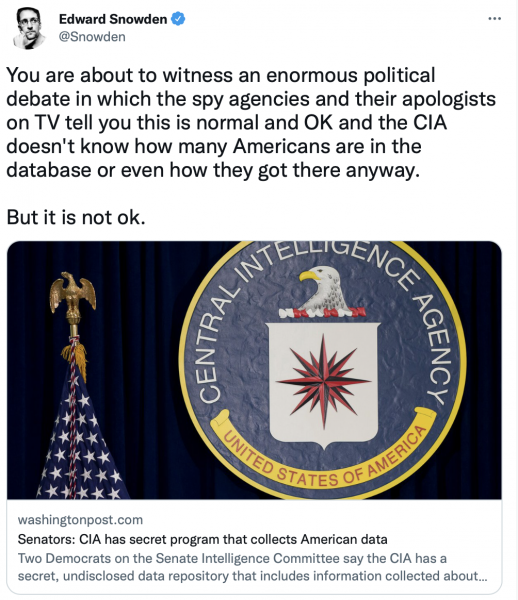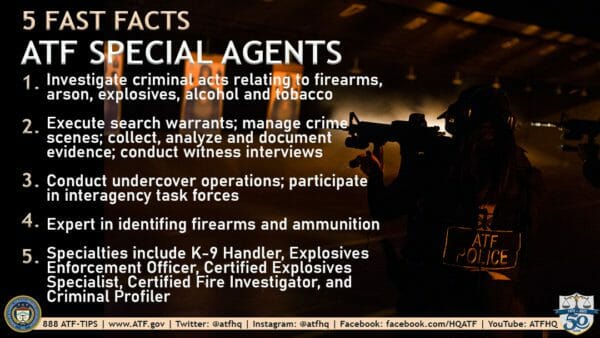Trying to close the ‘Amish Loophole’?
ATF agents seize guns from Leacock Township property; Amish farmer admits sales
Agents from the Bureau of Alcohol, Tobacco, Firearms and Explosives seized firearms from a Leacock Township property earlier this month and an Amish farmer at the property acknowledged selling guns without a federal firearms license.
No criminal charges have been filed so far in the matter, and there is little information provided by ATF sources. LNP | LancasterOnline learned of the raid from a tip.
“ATF agents, as part of ongoing investigation, executed an enforcement operation at the Cattail Foundry and seized evidence,” on Jan. 12, bureau spokesperson Robert Cucinotta said Monday.
Cucinotta said there was little else he could add because of the ongoing investigation.
On Tuesday, Reuben King said the guns taken were part of his personal collection and that the foundry had nothing to do with the gun sales.
“I’m not going to deny that I was selling some,” Reuben King said. Gun sales were not advertised and he does not know how he may have come to the ATF’s attention.
“This is my business: I’m a dairyman,” he said inside a barn filled with cows as he swept the concrete floor with a pushbroom. He has about 50 dairy cows.
Rueben King said he primarily sold long guns to the Amish for hunting, though he admitted he sold some to non-Amish, too.
“I was not dealing in handguns, positively not,” Rueben King said.
Federal laws require photo identification when purchasing a firearm from a licensed dealer. The Amish contend their religious beliefs prevent them from being photographed, so they cannot buy a firearm from a licensed dealer. However, private sellers don’t have to require the buyer to present photo identification.
Reuben King declined to say how many guns he had or sold, but that more than 600 — which is what a tipster told LNP — didn’t sound right. Agents did not take all his firearms, he said, adding he’s been collecting guns over the years and hunts.
Reuben King’s brother, Emmanuel King, said about 15 agents with a warrant removed firearms from a room above the first-floor foundry and spent about five hours there.
“They were jotting them down and loading them up,” Emmanuel King said.
Reuben King said he has been talking to lawyers, but does not have one yet, and doesn’t know what will come of the investigation.
Reuben King pointed out that the government can’t tell him how many guns a person may sell or over what timeframe before a license is required.
That is true.
Cucinotta reiterated on Tuesday that he could not comment on the case at hand, but would refer anyone with questions about federal firearms laws to the bureau’s website.
A 15-page document posted to the bureau’s site and titled, “
Do I need a license to buy and sell firearms?” states that the federal Gun Control Act “requires that persons who are engaged in the business of dealing in firearms be licensed by the bureau.”
“Determining whether you are ‘engaged in the business’ of dealing in firearms requires looking at the specific facts and circumstances of your activities,” the document said, noting no federal law sets a “‘bright-line’ rule for when a federal firearms license is required.”
The ATF document says a person “will need a license if you repetitively buy and sell firearms with the principal motive of making a profit.” Licenses are not required for someone who engages in “occasional sales of firearms from your personal collection,” the document added.
Anyone who “willfully engages in the business of dealing in firearms without the required license is subject to criminal prosecution, and can be sentenced to up to five years in prison, fined up to $250,000, or both,” the document said.



